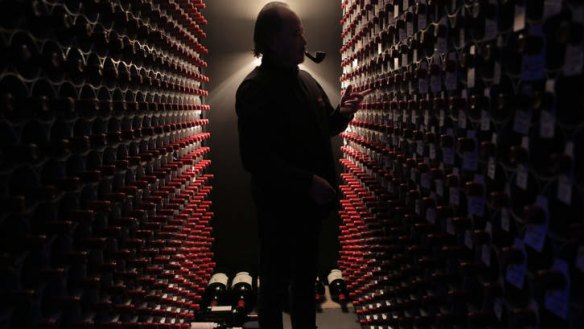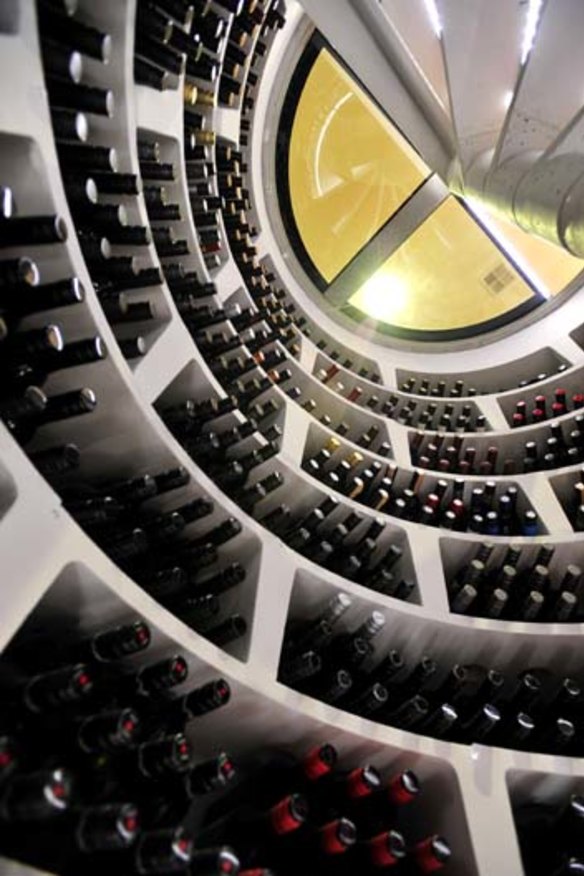When cellaring, it's better to be safe than sorry

When the label on a bottle recommends ''cellaring for three to five years'', does that mean three to five years from the release date of the wine, or from the vintage year? If it means the release date, how do I find out when that was? If my cellaring conditions are less than perfect, should I aim for the lower end of the suggested cellaring time?
If the stats are right, the average period that elapses between buying wine and drinking it soon will be measured in milliseconds. So why do some wine producers bother including ageing recommendations on labels?
In part, to help the minority - people such as yourself, who make the effort to cellar wine. No winemaker wants his or her wine drunk long past its peak - a cellaring recommendation can work as a best-by indication. But there are other factors at play.

Many wine buyers, consciously or subliminally, equate ageing potential with good wine. It ain't necessarily so, but it is what market theorists call a ''quality signal''.
Even when a wine is ready to drink as soon as it's released and likely to be opened within hours of purchase, a cellaring recommendation can help move it off the bottle-shop shelf. The idea that a wine will age well helps us rationalise buying plenty of it.
When you're following advice on a label, for the most part you can base your calculations on the vintage. With notable exceptions (Grange is an obvious example; vintage champagnes are another), most wines sold in Australia are released within 12 months of vintage. Those few that are released later will often indicate this on the label (''aged in French oak for 16 months'').
Wine critics' recommendations, however, typically date from the time the reviewer tried the wine. If you look around the Good Food website, you'll see that Huon Hooke often nominates a specific year by which the wine should be drunk, while Ralph Kyte-Powell says in his reviews that ''the projected ageing span of a wine is dated from right now''.
If your cellaring conditions aren't ideal, you should definitely take a leaf from Ralph's book and err on the younger side.
As he says: ''I have always thought it better to be pleased by a wine that may be a tad younger than optimum, than a wine that was dying of senility. I generally envisage a drinking window that sees the wine cross over from youthful charm to interesting maturity.''